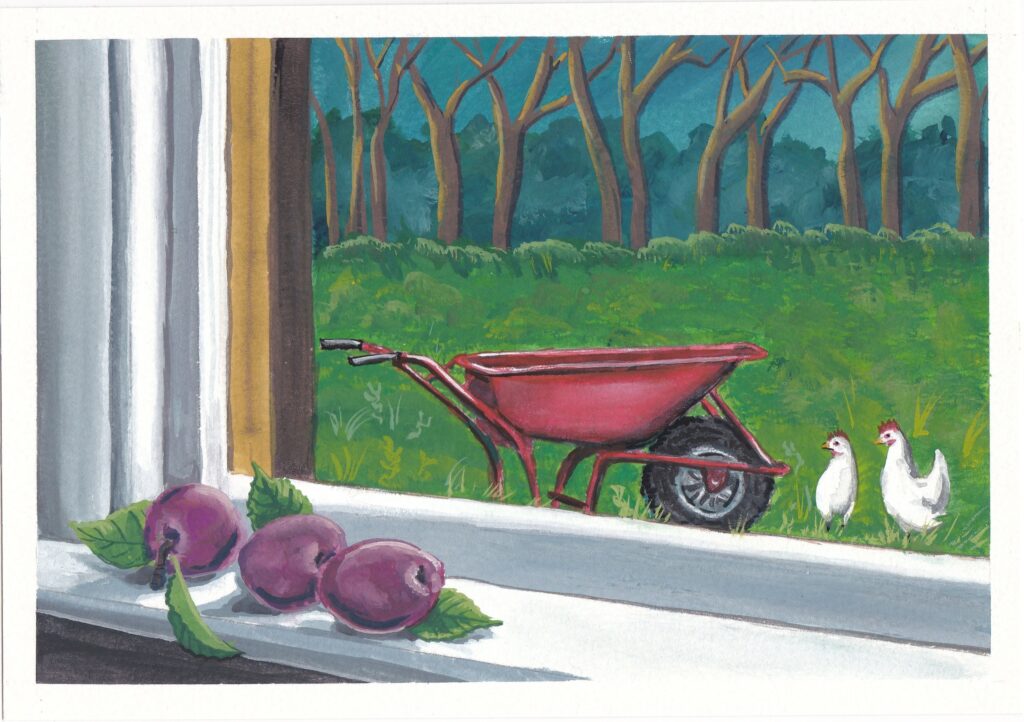A million years ago, you had to go to the mall when you wanted to buy a computer game. A disk or two (and, later, a cd/dvd or two) that took up very little space indeed sold in a box the size of an organic chemistry textbook. But they also put other stuff in there, sometimes. The manual, of course, but sometimes they gave you cool stuff too.
Now, of course, some of the cool stuff was copy protection. The game made you answer a question that could only be answered by the manual, say. Or a decoder wheel. A code book, maybe.
But there weren’t just ways to avoid the stick in the box. Sometimes the boxes had carrots in them. Hitchhiker’s Guide to the Galaxy came with a big red button that said “DON’T PANIC!” Got a stonewashed jean jacket? Put that bad boy on there! Some games came with maps or little booklets or comic books that added to the lore of the game. Some came with stuff that you didn’t *NEED* to play the game, but that definitely helped. For example, Infocom’s game “Suspended” came with a map and tokens for the robots you were commanding. So you could look at the board, look at the computer screen, and figure out what to do next.
The games today that we consider “collector’s editions” because they come with a cloth map? Way back then, EVERY game was a collector’s edition.
Which brings me to Exapunks. This is one of the games I picked up from the Steam Sale on deep discount and then I started playing it and it was really cool with establishing you and your motivation and then the game had someone visit your apartment to give you a ‘zine. The game paused then and provided you with a PDF that you had to print out yourself and staple yourself and then you could hold it in your hand while you were playing.
And if you were running low on printer ink, well, hard cheese. You’d just have to go to Kinko’s and print it out for a cost of greater than you paid for the game.
And, once upon a time, the ‘zine would have been included in the box. Perhaps in a swell envelope that looked all conspiratorial and had cool markings on it. As it is, the game had you make your own collector’s edition schwag. Which, now that I think about it, is kinda cool. One heck of a throwback. But I haven’t really played it since going to Kinko’s.
So… what are you playing?
(Featured image is the Bard’s Tale III’s infamous codewheel.)






The one thing that bugs me about Steam games is that you don’t get the instruction manual. If I’m buying a game that I plan on playing for a while, I want to make the effort to learn about it. If possible, I also want to learn the backstory of the setting. One great example is a game we were discussing recently, Diablo II. That little 100-page manual was my bedtime reading for a stretch. It really fleshed out the game. Another example – I’d love to play another BattleTech game because I liked the gameplay of an old one that I had, but also because of fond memories of the lore.
You can find instruction manuals online sometimes, and there are always discussion board and strategy guides, but they vary in quality and by play style. Still, I miss the immersion of a good print book, with art and personality.Report
There is a fairly new Battletech game. Turn based squad combat. It’s a great game, and in any given conversation with someone, half the words are hyperlinks to the in-game Wiki if you really want to know the deep backstory behind people, places, events, etc.
It’s made by the people who did the new Shadowrun games, and it’s a lot of fun. You run your own mercenary company. The actual management of that is complex — trying to decide how many pilots to carry, how many mechs to have out and ready and how many stored, how much salvage you want versus how much money from a contract, etc.Report
Dude. What Morat said. Check it out.
It *FEELS* like the tabletop game.Report
The feature image is the wheel from Bard’s Tale III. As it happens, I’ve been playing some Bard’s Tale lately. One of the weird things is that in one way the Bard’s Tale series became worse each time: the character images. In the original one, all of the different classes had different images: Not only were Bard’s different from Paladins, but Paladins were different from Warriors.
In Bard’s Tale II, the Paladins, Warriors, Hunters, and Rogues all looked the same. Magicians and Conjurers looked the same, but Sorcerers and Wizards looked different.
By the time of Bard’s Tale III, all of the fighter characters including the bards all looked like knights. I will say in their defense that they included both male and female characters, but still. If they could have distinct looks for the first one, they should have them for two and three.
Anyway, long-time followers of Hit Coffee and Bard’s Tale afficionadoes will notice that I actually used Bard’s Tale names in Trumanverse. Colosse, for example, was a Bard’s Tale city in addition to a real one.Report
I need to know more about the Trumanverse.Report